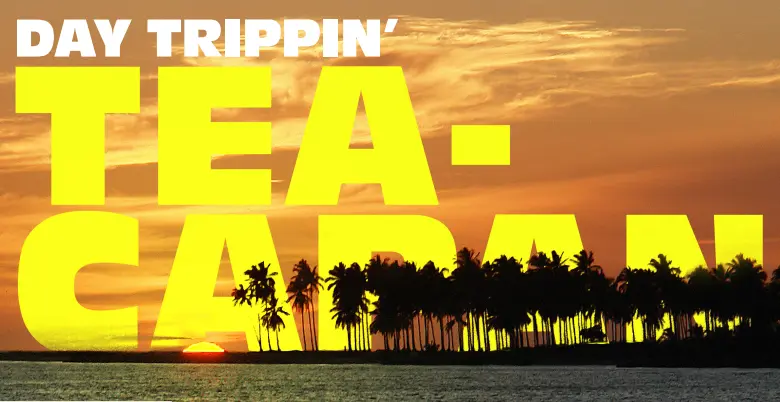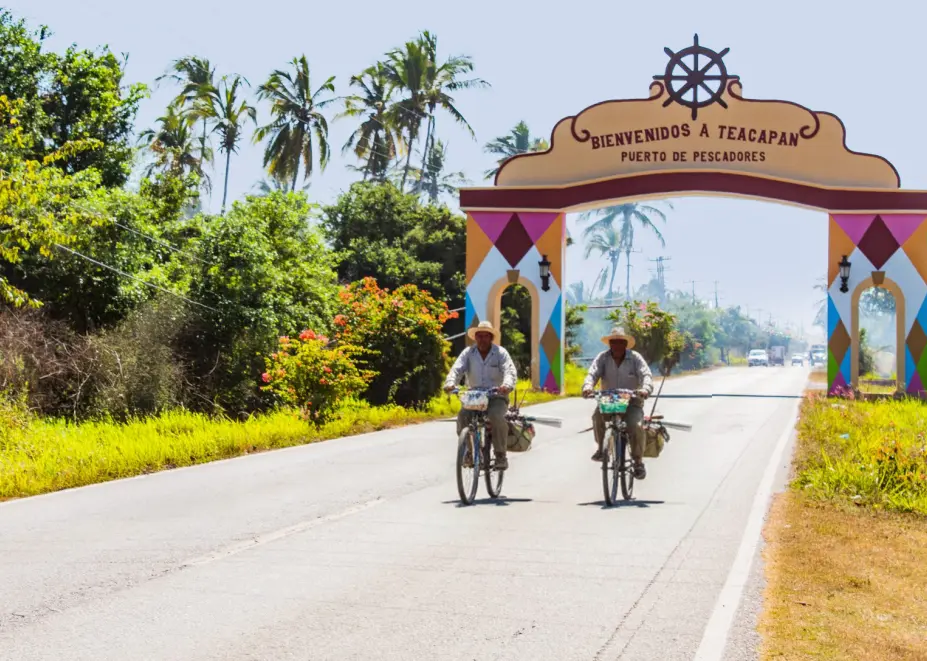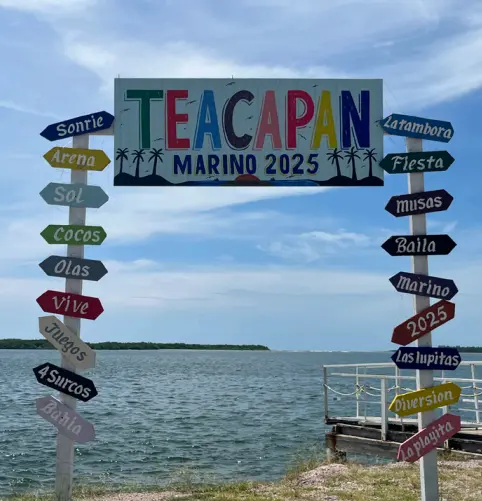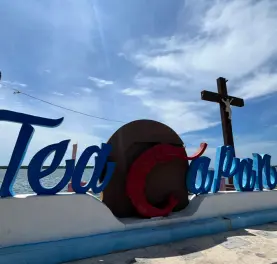By Eric Streit
Over the last 18 years, I have embarked upon many road trips within an hour’s drive of Mazatlán. El Quelite, La Noria, Concordia, Copala, Villa Unión and Veranos are among my favorite. I have always enjoyed these day-long excursions and taken the opportunity to experience small town atmosphere of the communities that surround the larger city of Mazatlán. For reasons I do not understand, I have always pointed my car in a northern or eastern direction when embarking on these short get-aways. Finally, after nearly two decades; it was time to point the compass on a more southerly route and explore the small town of Escuinapa and the even smaller waterfront community of Teacapán. These are two places I have always intended to visit. They have long been on my radar and “to do list” but for one reason or another, I just never got around to them.
The decision to go was simple enough. My pal, Richard, said, “Hey, we oughta go somewhere today.” After deciding against the usual suspects, one of us said, “How about Teacapán?”We set out early on a Saturday morning. After passing the airport, where vast agricultural fields once stood, Chinese vehicles now filled the landscape. What had been rows of corn and carrots are now equally symmetrical rows of BYD, Chirey, JAC and Omoda cars and SUVs.A short distance up the high way, a huge junkyard sat filled with the skeletal remains of Ford, Chevy and Chrysler vehicles. Beyond Villa Unión, a wide road turns left and leads to Concordia and Copala. I have often taken this road – but on this day, the car remained straight ahead, leading to the more distant lands of Escuinapa and Teacapán. Before long, civilization seemed to
disappear. Vast green hillsides spread endlessly across the windshield.
In this vast expanse of land, it would be just as likely to see a Terranasaurus Rex in the distance as it would a house, and soon the smooth road gave way to crumbled concrete with potholes large enough to house a small family of goats or iguanas. What surprised me most was that no matter how far from a town we got, there were still bus stops offering inexpensive transportation to the folks in these rural locales.
Although there were massive potholes to dodge, the road created a semi-hypnotic trance and soon Escuinapa was upon us. Richard and I followed the signs to Centro Histórico, parked and stretched our legs before heading on to Teacapán.
Of all the small towns I have visited throughout Sinaloa… Escuinapa is one of them. A large statue of Miguel Hidalgo greeted us in the town square, where people came and went at the pace of a busy Saturday morning anywhere in México. After a quick exploration of the nearby church and market we opted to wait to enjoy a leisurely meal once we arrived in Teacapán.
The drive out of town was punctuated by an agitated man, standing in traffic, clad only in underwear and flip flops. He waved a blanket like a matador, entertaining and surreal.
The final half hour’s drive included sweeping views of wideopen spaces that recalled Montana’s Big Sky Country, except for endless rows of coconut palms that gave the vistas a tropical vibe.
We were soon greeted by a large stone entry that proudly declared, “Bienvenidos a Teacapán.” I long ago learned that the larger the gates of a city, the smaller the place tends to be and Teacapán certainly delivered on that front.
As we made our way into town, what immediately stood out was the many motorcycles zipping up and down the streets. Nothing unusual about that. In small villages, it is not uncommon to see boys as young as eleven or twelve enjoying the freedom of motorcycles without a license. But what was unusual about the pre-teen motorcyclists of Teacapán was that on the back of each motorcycle was an elderly passenger, some clearly on the far side of eighty. To my unstudied eye, it seemed that all the young boys of Teacapán were driving their grandparents around town, and the expressions on the octogenarian faces were uniformly joyful.
We continued to slowly drive the main and side streets of Teacapán; and discovered far more gravel and dirt than concrete and asphalt; but wherever we went, we saw old folks on the backs of motorcycles going faster than my car.
We turned onto the waterfront and observed a beautiful Malecón, devoid of traffic. A wide sidewalk fronted calm waters and colorful signs punctuated the landscape. From what appeared to be a central gathering place, we could see several well-appointed hotels with fresh paintand manicured lawns. Accompanying the scenery was a quiet unlike anything I’ve experienced in a Mexican tourist town. Teacapán is a picturesque waterfront town, perfect for an afternoon or weekend. But where were the people? It was hot. Very hot. Even on days when Mazatlán drifts over 100, the streets are still busy. Not so in Teacapán. No visitors, no workers. While there were people further up in town – here in the tourist area there was quite literally nobody.
I had expected to find restaurants, fruit stands, and juice bars. But they weren’t open. The more we walked around, the more eerie it became. Beautiful restaurants with posted menus stood spotless but closed.
While taking photos, I noticed my phone had run out of minutes and we decided to visit the local Oxxo, recharge my phone, and figure out why the village seemed closed.
A few blocks inland, Oxxo stood like a beacon. Inside, it was dark. Teacapán had lost electricity early that morning. My phone could not be recharged, nor could food be purchased. The only reason Oxxo was not closed was that they could not open the electric cash register to lock the doors.
This brutally hot day offered no relief from the scorching sun. All businesses were closed. Because the brick houses with low ceilings made indoors unbearable, all the young boys of Teacapán were driving their grandparents around town on motorcycles so they could be cooled down by the air.
We stepped out onto the street and observed the scene in a new light. While my first visit to Teacapán did not yield a seafood lunch on the waterfront, the chance to see a small community work together to overcome a challenge was far more memorable and worth the drive.
There will be a return visit to Teacapán. It is far different from the other villages I’ve enjoyed visiting; but whatever future trips yield, it is the sweltering day with no lunch and no electricity that will be forever fondly recalled.









Comments (0)